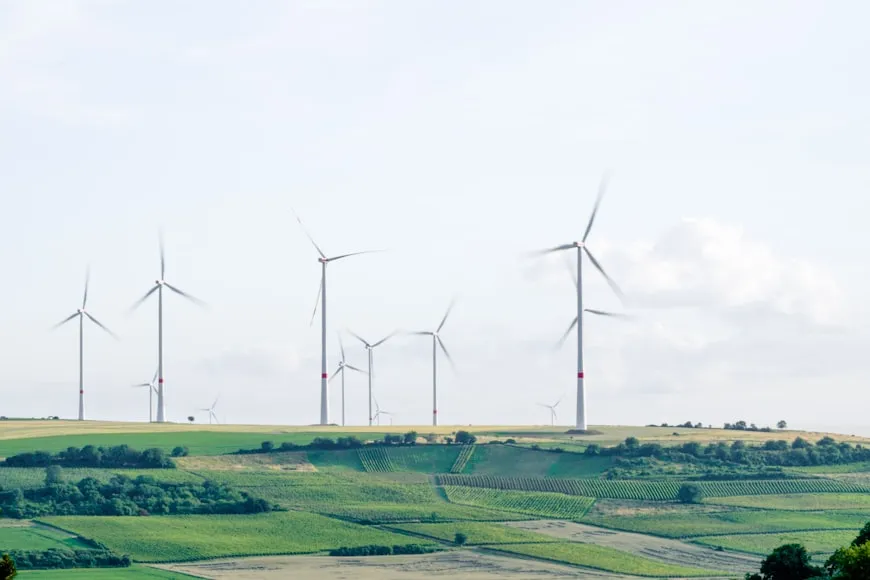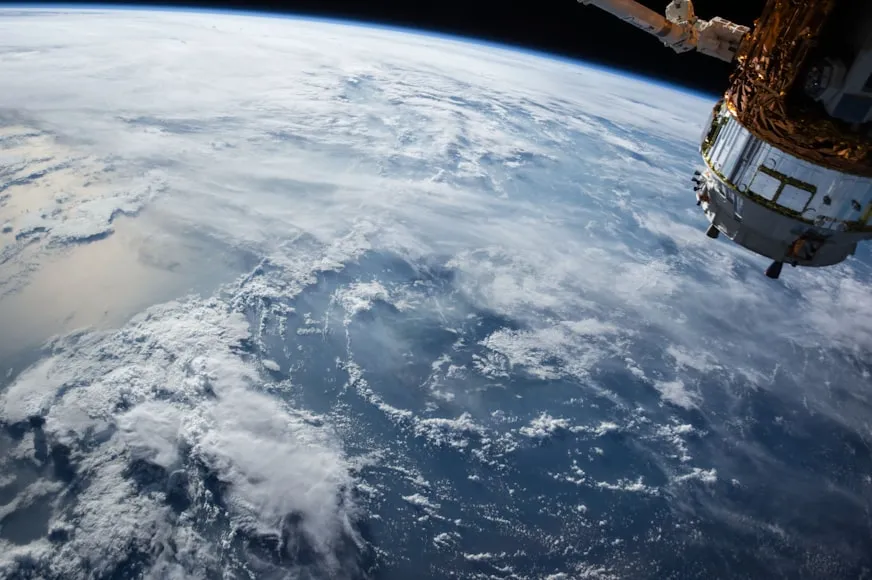
The 2025 Global Climate Summit, held in São Paulo, Brazil, has just concluded — and while leaders hailed it as a breakthrough, climate scientists remain cautious. After two weeks of tense negotiations, more than 190 nations agreed to an updated framework aimed at limiting global temperature rise to 1.5°C.
Key commitments
The most headline-grabbing pledge came from the United States, China, and India — historically the largest emitters — promising to phase out coal-powered electricity by 2040 and ramp up investment in renewable infrastructure. The EU committed an additional €300 billion to climate adaptation for developing nations, focusing on flood defenses, drought resilience, and clean water systems.
The growing role of the Global South
Unlike earlier summits dominated by industrialized nations, this year’s talks showcased the assertiveness of African, South Asian, and Pacific Island states. Leaders from these regions emphasized the urgency of adaptation, not just mitigation, pointing out that rising sea levels, prolonged droughts, and extreme storms are already displacing millions.
Critics remain skeptical
Environmental watchdogs warn that many pledges are voluntary and lack binding enforcement mechanisms. “We’ve heard promises before,” said Maria Lopez, director of the International Climate Action Network. “What matters is whether these countries translate policy into actual emission cuts.”
Public pressure intensifies
Meanwhile, climate activism continues to gain ground. From mass youth-led protests in Berlin to indigenous-led demonstrations in the Amazon, civil society groups are making it clear that political goodwill alone won’t be enough.
The road ahead
The summit ended with hope and hesitation in equal measure. The political momentum is there, but the planet’s physical clock is not slowing down. The next two years will determine whether these commitments are the start of meaningful change — or another chapter in a long history of missed opportunities.







